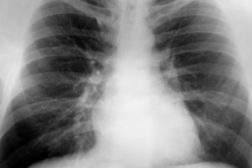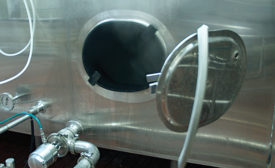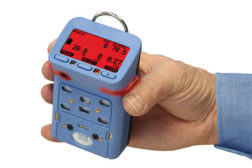Home » confined space
Articles Tagged with ''confined space''
Strategies for toxic gas detection
Where to set alarms during confined space procedures
March 3, 2015
Turning trash into energy can be dangerous for workers
Employees at Covanta Energy Bristol Inc. exposed to combustible dust, fire, electrical hazards
February 27, 2015
Never miss the latest news and trends driving the safety industry
eNewsletter | Website | eMagazine
JOIN TODAYCopyright ©2024. All Rights Reserved BNP Media.
Design, CMS, Hosting & Web Development :: ePublishing







